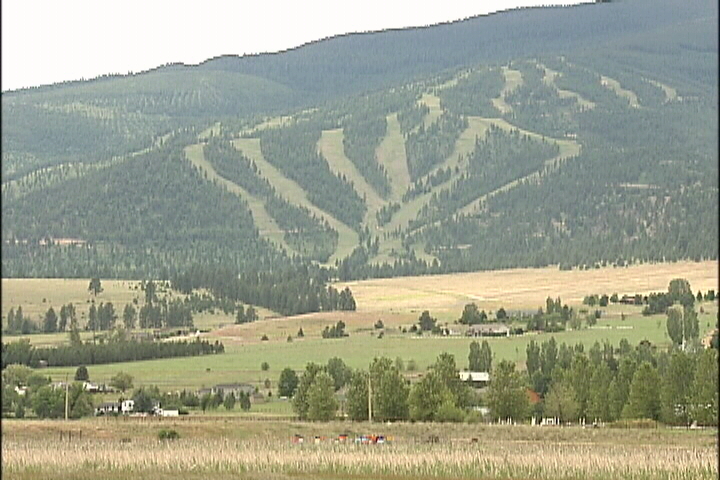Succinctly put by WildEarth Guardians: “If the plans fall short of halting population declines and habitat destruction, then clearly the Endangered Species Act will be needed.”
This story is about sage grouse, but the principle applies whenever public land management is an important contributor to an at risk species’ habitat. That’s because one of the five factors that must be considered in listing a species is “the inadequacy of existing regulatory mechanisms.” Thus far courts have recognized only mandatory forest plan standards as being sufficiently regulatory in nature to address this ESA factor for federal lands.
The absence of such regulatory mechanisms in forest plans was a key factor in listing the Canada lynx, for example. The addition of regulatory standards to forest plans is viewed as being necessary to de-list grizzly bears. So what to make of the idea of reducing regulatory mechanisms in the Northwest Forest Plan?
Also what to make of state objections to plan amendments for sage grouse? It’s politically more difficult to get adequate regulatory mechanisms in place for private land, so I would think the states would be asking the feds to do whatever it takes to avoid listing. Here’s another concise summary from a more objective source: “A “not warranted” decision by the Service is possible — but they have made clear that it will only be possible if states, federal agencies, and private landowners put strong conservation measures in place. (Neil Kornze, director of the Bureau of Land Management.)
